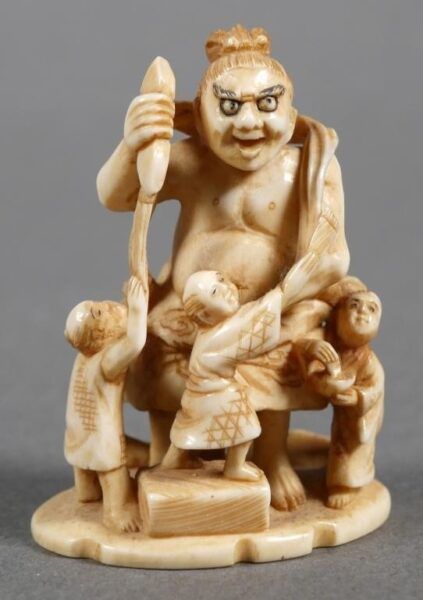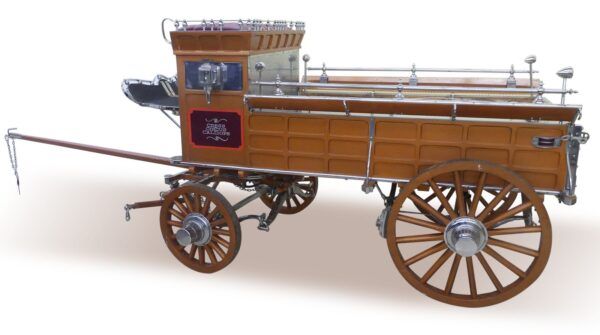#Antique #Elephant #Ivory #Treasure #Trouble #WorthPoint
In this article, WorthPoint presents an in-depth look at the current regulations regarding buying and selling ivory items within the United States. From massive elephant tusks to small instrument knobs, here’s all you need to know about ivory since the 2016 federal ban on its commercial trade. Stay tuned for a review of the current European restrictions next week.
In 2016, to help reduce the rampant slaughter of African elephants and the poaching of their ivory tusks, the United States government passed restrictive laws prohibiting or limiting the legal trade of ivory, either antique or modern. Nearly ten years later, dealers who make a living off antique ivory are still making headlines for selling it illegally, and a museum show recently opened exhibiting items seized from illegal trade. Because the guidelines for buying and selling are complex, involving agencies at the state, federal, and international levels, we studied and simplified the latest rules and regulations so you don’t have to.
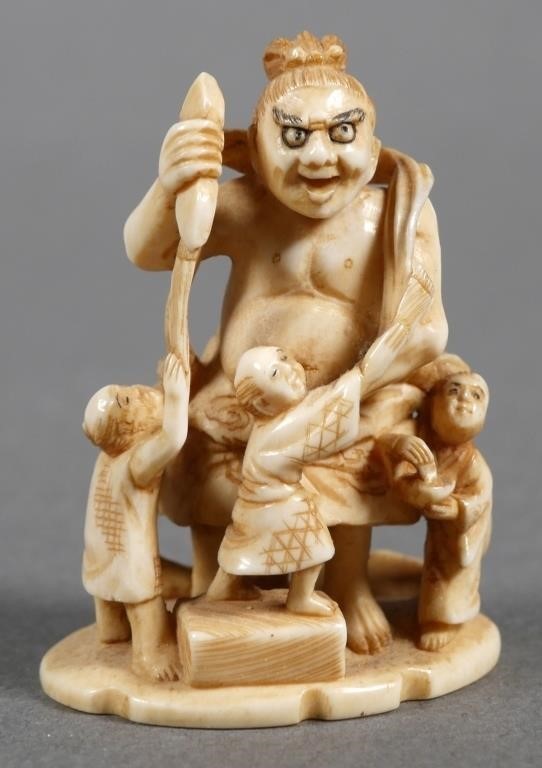
First, the Good News
It is legal to own and hold on to ivory you inherited or owned before 2016. If you don’t plan to sell it, you can travel within the US with legally obtained ivory. Items in your household may be transported internationally, across, or within state lines (but if you’ve brought an inherited piece into the US, you can’t sell it). Law enforcement, educational, or scientific agencies qualify for special exemptions, too.
The initial ban was revised to allow for the legal interstate trade, export, and international transport of Endangered Species Act (ESA) antiques: documented items that are verifiably at least one hundred years old. This includes a broad range of objects with carvings or objects made entirely of ivory, such as netsuke and portrait miniatures painted in watercolor on ivory.
Objects with ivory decoration or parts must follow “de minimis” guidelines and can only be sold across state lines. To qualify, they must also be at least one hundred years old, imported before January 18, 1990, or made from ivory obtained before February 26, 1976. Repairs with restricted materials must have been made before 1973. The amount of worked ivory can’t be more than 50 percent of the object’s value and must not weigh more than 200 grams, roughly the size of a cue ball.
A few states are quite restrictive. Residents of New York cannot buy or sell antique ivory in any amount within the state. They may only sell an antique with less than 20 percent ivory or a musical instrument with ivory parts made before 1975. Residents of California, Minnesota, Oregon, or Washington can’t sell objects with more than a small amount of ivory; this ranges from 5 to 20 percent. Hawaii allows the sale of only hundred-year-old antiques with less than 20 percent ivory or those used for native cultural practices. The most restrictive state is New Jersey, where residents may not buy or sell antique ivory in any quantity from in-state or out-of-state sellers and buyers.
Touring musicians with instruments that have ivory parts must document that the instrument is older than 1976. A CITES musical instrument certificate is required; the instrument must be uniquely identified; and the musician is not allowed to sell the instrument while they are outside the country. The League of American Orchestras has these detailed guidelines.
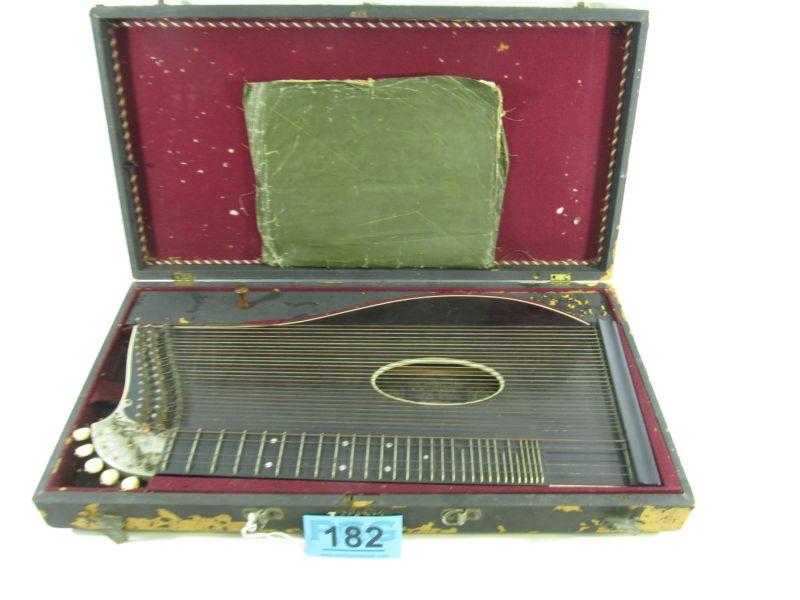
Now, the Bad News
Worked ivory less than one hundred years old can’t legally be bought or sold in the US. It is illegal to import African elephant ivory—raw, worked, antique, or modern—into the US for any commercial reason. Similarly, it is unlawful to export raw African elephant ivory of any age and for any reason, either commercial or non-commercial. Asian elephant ivory is more heavily restricted for interstate and foreign commerce.
For sporting types, if you can get a permit to hunt and kill an elephant, are skilled enough to bag your beast, and the country hosting the hunt allows you to export them, you may keep up to two tusks. But plan on keeping them because once you get them back to the US, you can’t sell them. All other tusk trophies, regardless of age and provenance, are illegal to buy and sell.

Follow the Paper Trail
Even if you think you have an antique that meets the rules, don’t break out the bubbly just yet. To be on the safe side, you will need to provide paperwork proving the age of your object, that it is all or partly made of ivory, and that it wasn’t modified after 1973. If an item was not present in the United States before 1982, it must have passed through a specified antique port for endangered species (i.e., Boston, New York City, Baltimore, Philadelphia, Miami, San Juan, New Orleans, Houston, Los Angeles, San Francisco, Anchorage, Honolulu, or Chicago). An appraisal can confirm the age of an item. Wills, old photos, earlier appraisals, or other documents can also help track an item’s history.
Endangered plants and animal species are protected under CITES, the Convention on International Trade in Endangered Species of Wild Fauna and Flora. It is the governing body that issues the necessary permits to import or export materials made from endangered materials. While a CITES permit is not currently required to sell within the United States, a buyer wanting to acquire something from outside the US will need one to import or export it to another country.
You must also know which elephant species—African or Asian—the ivory in your antique comes from. The US Fish and Wildlife Service has guidelines for visually identifying these materials, but only forensic analysis can say for sure.
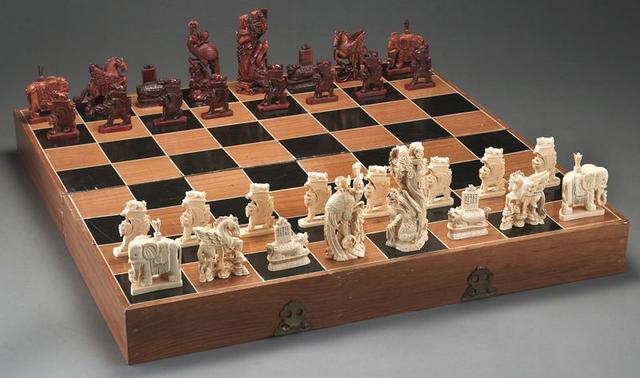
Buyer Beware
You are not alone if the rules sound too daunting to tackle. Many auction houses that sell ivory put the burden of a legal purchase on the buyer. Those in more restrictive states have simply stopped selling ivory antiques; online platforms also carefully monitor what people list for sale.
Be on the alert for the use of words like “bone,” “ivorine,” or “resin” to avoid red-flag algorithms. You can’t plead ignorance if you buy something that looks like ivory but is identified as something else. Do your homework, and if something doesn’t feel right, it probably isn’t. At the time this blog was posted, if you were caught buying and selling ivory without the appropriate paperwork, you could face fines or imprisonment, and the items could be seized.
In most cases, legislators in the US seem to have moved on from the ivory issue. It is unlikely that the ban in the US would be relaxed unless international ivory bans were lifted worldwide.
Still got questions? Your area’s Law Enforcement office of the Fish & Wildlife Service will have the clearest answers for your specific situation.
Madelia Hickman Ring has worked in the arts and antiques world for nearly 30 years. She has a particular passion for following art market trends, but when she’s off duty, she enjoys paddleboarding, cooking, and binge-watching Netflix.
WorthPoint—Discover. Value. Preserve.

